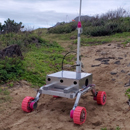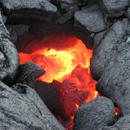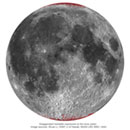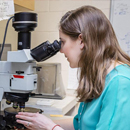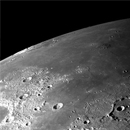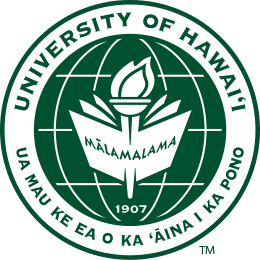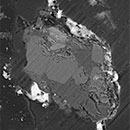Mars or bust! UH students’ robot design heads to international showdown
Reading time: 3 minutes The University Rover Challenge challenges teams to design and build the next generation of Mars rovers that may one day work alongside astronauts exploring the Red Planet.

